Categories
Subjects
Authors
Artists
Venues
Locations
Calendar
Filter
Done
January 18, 2024 – Review
Shubigi Rao’s “These Petrified Paths”
Katherine C. M. Adams

In Shubigi Rao’s new film These Petrified Paths (2023), censorship is always tied to the threat of repressive territorialization. Early on, we are introduced to a “former professor of Russian literature, now beekeeper on the side of the road to Daliyan” in Turkey, who embodies a theme of the exhibition at large: how a struggle over literature and written culture has led to a fight over ecology, terrain, and the right to live freely on one’s Indigenous land. In the film, this process is inflected by the historical function of Armenian literature as a tool of nation-building, forging claims to place for a people often on the verge of statelessness. As one featured subject remarks of the region’s history, the Armenian genocide is also “cultural genocide.”
These Petrified Paths details (among other threads) the lengths to which Armenian intellectuals have gone to preserve their heritage: one participant describes how an elder member of the community buried his books in the ground, with the intent that they be dug up only upon the retreat of repressive state forces. Toward the end of the film, an interlocutor alludes pessimistically to the contemporary Armenian government’s attempts to “sell off” part of the country …
June 16, 2021 – Review
13th Shanghai Biennale, “Bodies of Water”
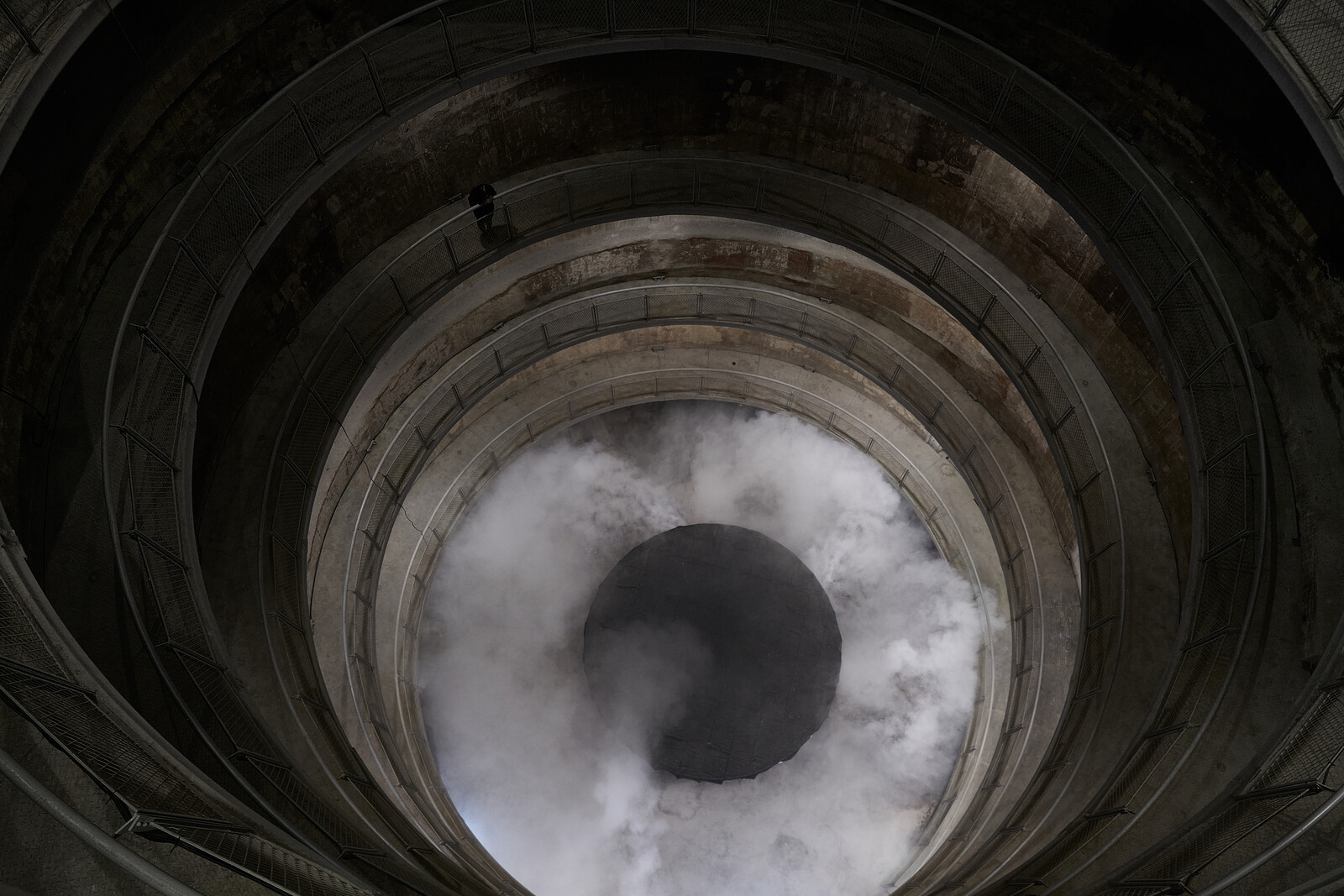
When “Bodies of Water,” the 13th edition of the Shanghai Biennale, opened in November last year, it adopted a fluid approach to programming in response to the pandemic. In place of the traditional biennale format was a multi-platform “in crescendo” project comprising three “phases” and lasting a total of eight months. The first two of these, “A Wet-Run Rehearsal” and “An Ecosystem of Alliance,” featured live events, screenings, and discussions—held within the Power Station of Art (PSA), in art spaces along the Yangtze river, and online—that explored the exhibition’s central concerns: ecology, hydrology, posthumanism, and the interconnectedness of all lifeforms on earth. In the midst of a pandemic precipitated by zoonosis, these are timely concerns.
In April this year “The Exhibition,” the biennale’s third and final phase, opened in the PSA. This massive decommissioned power station, modelled on London’s Tate Modern, was in 2012 repurposed as the first state-run museum of contemporary art on mainland China. Situated on the banks of the Huangpu River, which the electric plant helped to industrialize, it is an apt location for an exhibition that emphasizes the inseparability of humans from the natural world they exploit. Curated by architect, researcher, and writer Andrés Jaque …
December 3, 2018 – Review
12th Shanghai Biennale, “禹步 Proregress: Art in an Age of Historical Ambivalence”
Tianyuan Deng

While exhibitions that question the modernist promise of progress are hardly new, a biennale that takes stock of the current state of regress raises high hopes. Historical regression is proceeding on several fronts. One is the collapse of the neoliberal faith in the end-of-history narrative—that liberal democracy and free trade economics triumphed over fascism and communism in 1989—as democracies across the West have embraced isolationist hard-right policies that indicate a return to fascism. Another is the resurgence of geopolitical antagonisms whose Manichaeism echoes the Cold War. Despite this golden opportunity for examination, “Pro-regress: Art in an Age of Historical Ambivalence,” curated by Cuauhtémoc Medina, María Belén Sáez de Ibarra, Yukie Kamiya, and Wang Weiwei, is a largely uninspiring reflection on our times.
The biennale’s ambition, as indicated by its subtitle, is to reckon with “art in the age of historical ambivalence.” But the curators’ statement makes it clear that such ambivalence does not primarily pertain to current disillusionment, but rather to the stuttering back-and-forth movement of modernity in general. The premise thus echoes that of the 2015 Venice Biennale, curated by Okwui Enwezor, which posited global reality as “one of constant realignment, adjustment, recalibration, motility, shape-shifting.” One of the centerpieces at …
November 15, 2016 – Review
11th Shanghai Biennale, “Why Not Ask Again”
Xin Wang
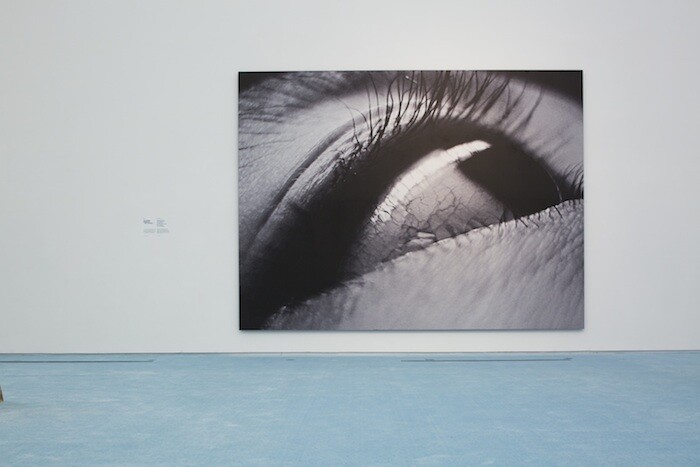
At the 11th Shanghai Biennale, it isn’t possible to take a photograph without capturing people; the vast Power Station of Art—an electric plant turned kunsthalle since 2012—is busy throughout the preview day and public opening. The curators, Raqs Media Collective, have titled this edition of the biennale “Why Not Ask Again: Arguments, Counter-arguments, and Stories,” but the presence of swarming crowds prompts its own questions, the first of which is: who are these biennales for, and what does their audience want from them?
The previous edition, Anselm Franke’s “Social Factory,” was a biennale Shanghai deserved but did not necessarily want. The exhibition illustrated a particular danger in interrogating the social through frameworks structured by the debt of colonial modernity in a country that never had an internalized colonial experience. This isn’t to deny that the long shadow of troubled histories fall over the biennale: curators have always taken that into account, and a reminder for this edition came when, as the exhibition was being installed, a progressive bubble burst with the United States’ election of its next president. In times like this, what power can art hope to harness and generate?
The Delhi-based trio Raqs Media Collective, comprising Jeebesh Bagchi, Monica Narula, …
May 22, 2015 – Review
“The Bank Show: Vive Le Capital”
Ming Lin
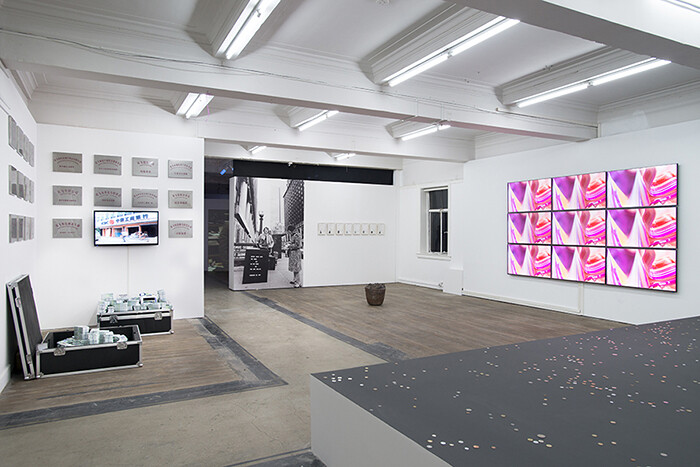
An exhibition title containing a phrase like “Vive Le Capital” suggests a degree of irony in its subject matter. With a roster of some 24 artists and ambitious claims of “exploring the omnipresent power of global finance,” one expects an assortment of vaguely related works—critiques, interventions, manifestos—all of which gravitate toward a subject that itself seems almost redundant, as art and capital have always, of course, been inherently intertwined.
But “The Bank Show: Vive Le Capital” is appropriately situated and the selection of works judicious. The exhibition takes place at the former Bank Union building in Shanghai’s Bund district. Historically, the Bund sits as a remarkable surviving artifact of pre-communist internationalized China. The Bank Union, now home of the contemporary art space BANK, which also houses the offices of MABSOCIETY, a curatorial research platform and consultancy, was once a hub of global finance. Given this culturally rich and relevant site, MABSOCIETY, along with curators Wang Xin and Christoph Draeger, took a maximalist approach to exhibition-making, attempting to address the broad trajectory of contemporary art practices that have either directly challenged the system of global capitalism or else adopted its mechanisms in order to articulate art’s impotency in offering an alternative. Through …
November 27, 2014 – Review
10th Shanghai Biennale, "Social Factory"
Kevin McGarry

The 10th Shanghai Biennale is sited inside one of Earth’s most colossal art containers, The Power Station of Art, a 42,000-square-meter decommissioned coal power plant used as the Urban Future Pavillion of the 2010 Shanghai Expo, and converted into China’s first and only state-run contemporary art institution in 2012. Entitled “Social Factory” and co-curated by a team composed of Anselm Franke, Freya Chou, Cosmin Costinas, and Liu Xiao, with Hila Peleg and Zhu Ye as curators of the film program and satellite venues respectively, the exhibition is a studied excavation of themes that are acutely felt in these halls and in Shanghai—a city which, as Franke points out in his introductory text in the catalogue, is a quintessential “image of a society-in-the-making”—and around the world, to the extent that the totalizing effects of globalized industrialization are omnipresent.
Of the many textual and historical referents put forward in the exhibition’s framing, the central one is “seek truth from facts,” a maxim that originated 2000 years ago from Ting Dynasty teachings, and which in 1938 was exhumed as a foundation of Maoism. The adage was turned on its head 40 years later, when Deng Xiaoping repurposed it in his call for the reopening …
October 8, 2012 – Review
9th Shanghai Biennale and 8th Taipei Biennial
Carol Yinghua Lu
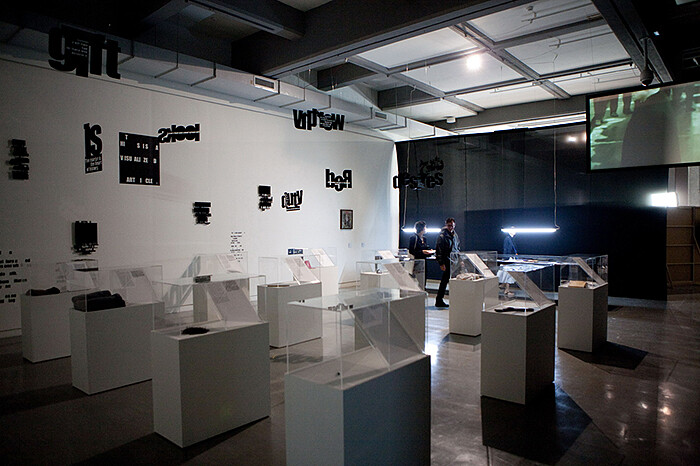
“Modern Monster/Death and Life of Fiction”: Taipei Biennial 2012
September 29, 2012–January 1, 2013
“Reactivation”: The 9th Shanghai Biennale 2012
October 2, 2012–March 31, 2013
Anselm Franke, curator of the Taipei Biennial 2012, once remarked that art is a specialized language that shouldn’t be downplayed for popular appeal. True to his ideals, nearly all the works that filled the three-floor building of the Taipei Fine Arts Museum required a certain degree of intellectual engagement from the viewers, while offering little visual sensation. Nonetheless, it was a mesmerizing experience going through the entire exhibition, which contained so many vitrines and archival displays that it could have easily been mistaken for an ethnographical exhibition. Indeed, the exhibition was an in-depth study of a broad spectrum of human histories, both factual and fictional ones.
Citing Taiwanese art historian David Der-wei Wang’s book The Monster That Is History, in which history itself is compared to the ancient Chinese monster Taowu, Franke sought ways to give form to this indefinable being. He proposed that Taowu is “a possible common experience of all modernity.”
Hence, in the works of the 40-plus artists in the biennial, history is narrated, described, imagined, re-examined, recontextualized, recreated, and rewritten—the hybridity of this monster knows no bounds. …
May 6, 2011 – Review
Liu Wei’s "Trilogy" at Minsheng Art Museum, Shanghai
Colin Chinnery
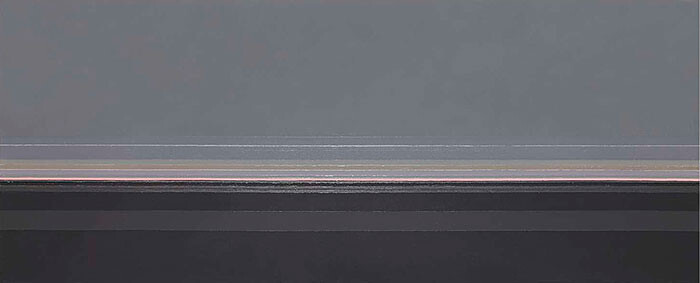
Liu Wei’s largest solo show to date deals with two main visual tropes—the horizon and the city. The first monumental sculpture we are confronted with is a megalopolis bristling with corporate towers perched high upon a bare rock, guarded further by a broad building in the shape of China’s national parliament, the Great Hall of the People. Made with compressed books to create a stripy strata that transverses the city and its rocky rampart, the relationship between China’s parliament and the massive commercial citadel behind it are thus successfully camouflaged. The stripes of the book pages are echoed in Meditation No.2 (2010) a painting in which a series of light and dark grey layers is intersected by a light pink line of the emerging (or receding) sunlight on the horizon. The perfect flatness of this painting is juxtaposed with the verticality of the urban sculpture in front of it.
Liu Wei’s new flat and empty horizon paintings—introduced for the first time in this show—follow a series called Purple Air that he employed to explore urban verticality over the last five years. The last painting of this series (of approximately 60 works) is displayed in a small antechamber leading to the main …